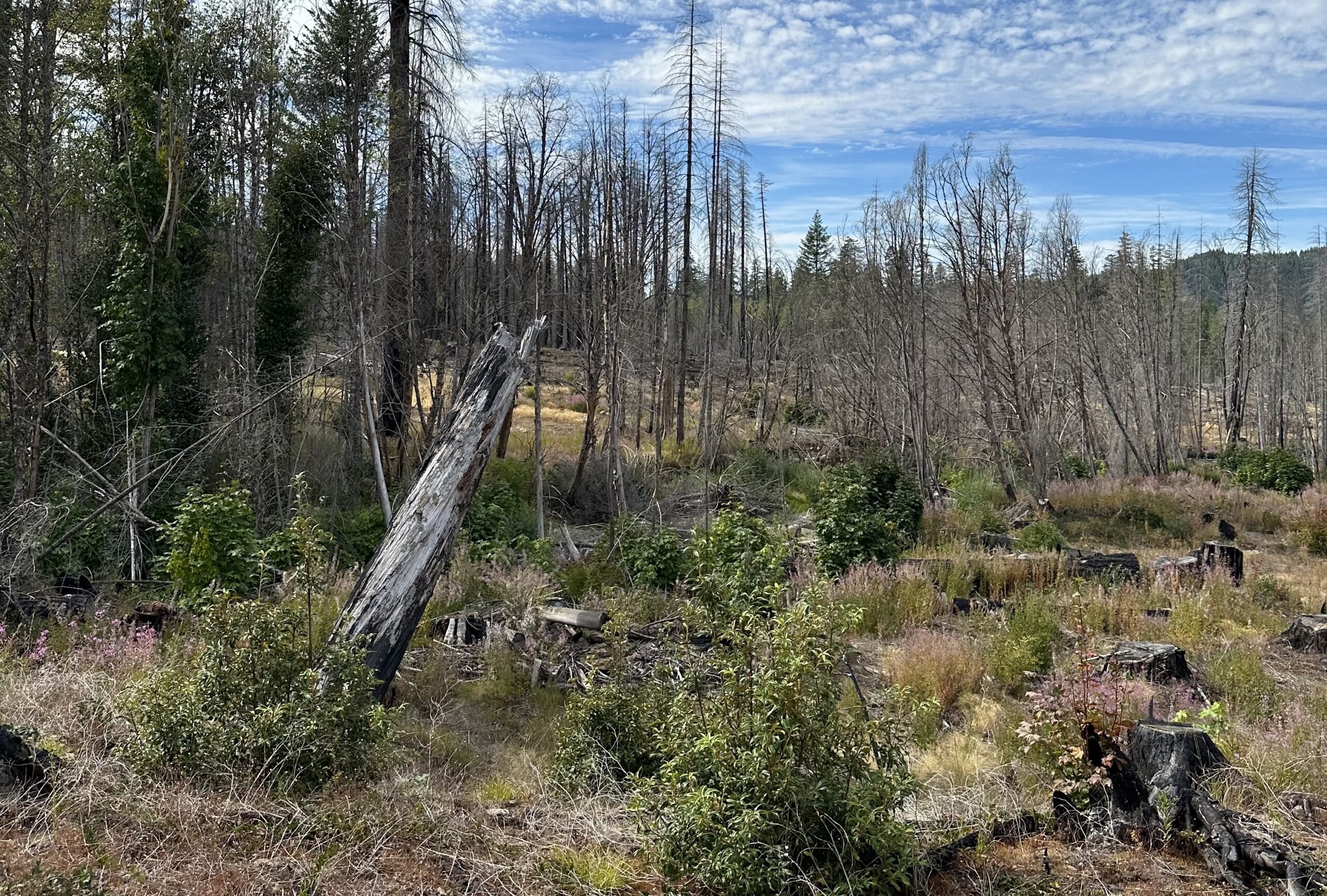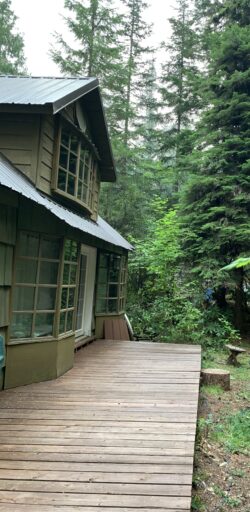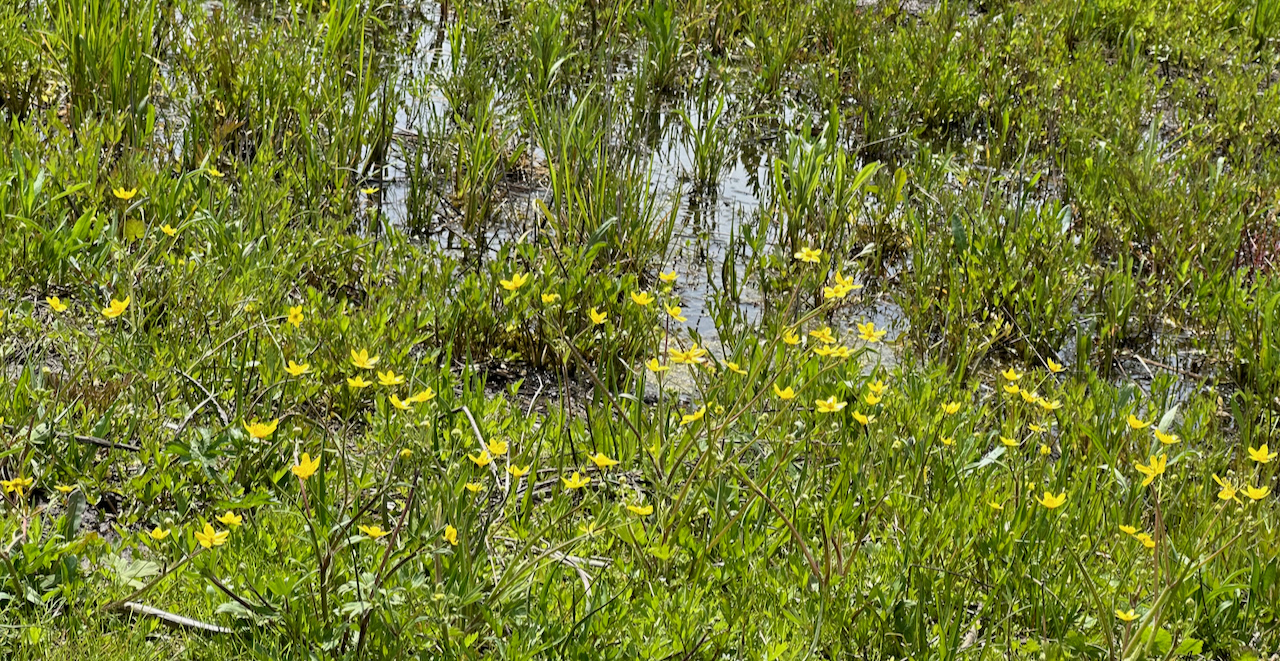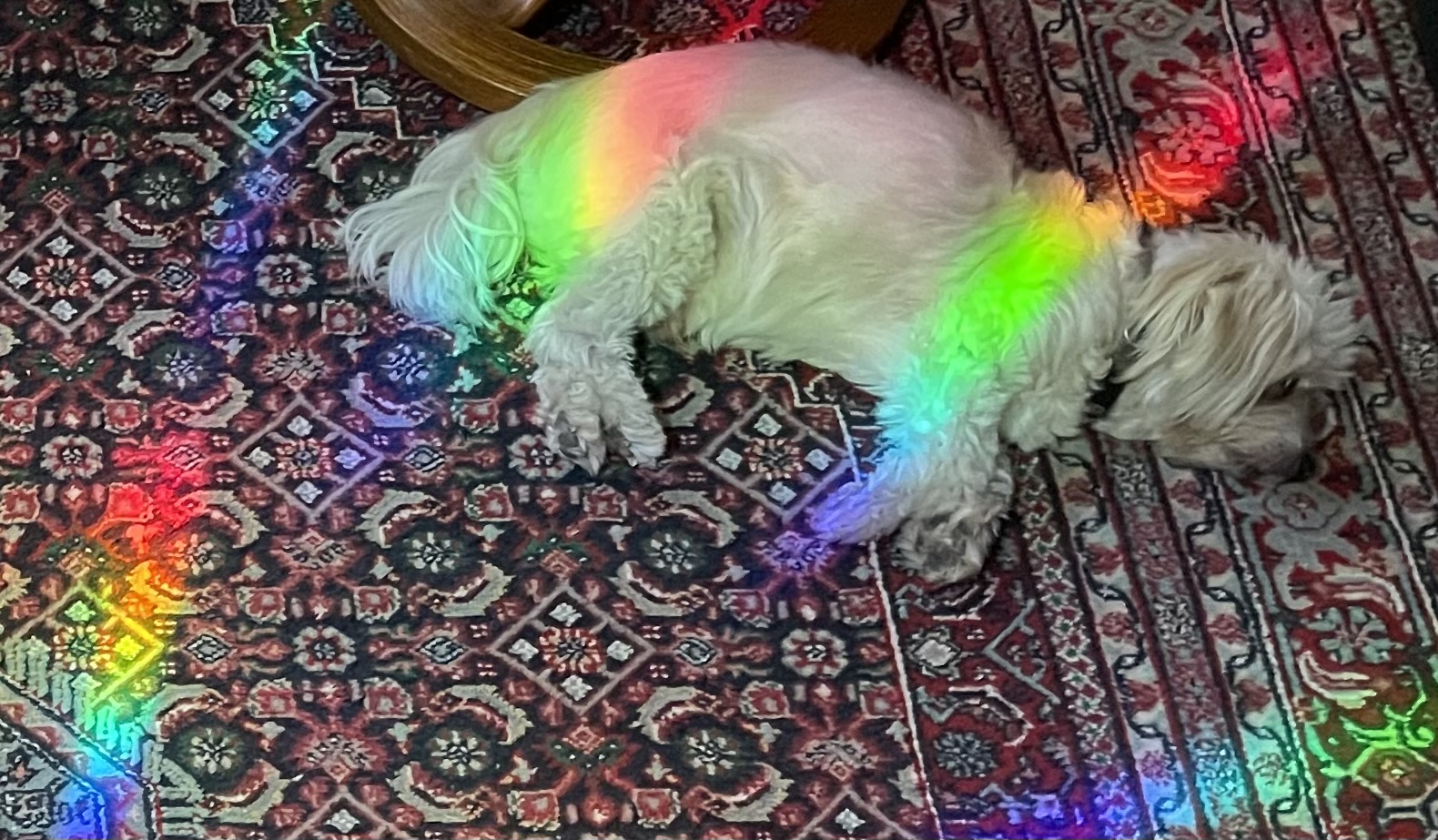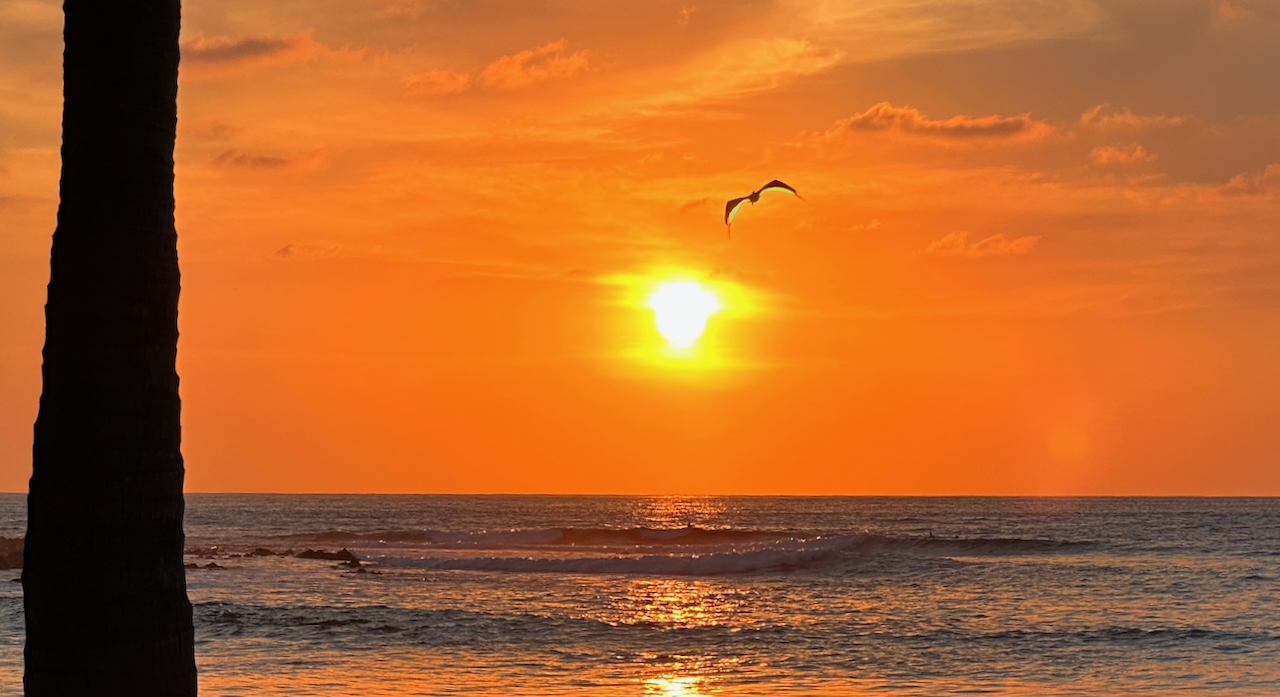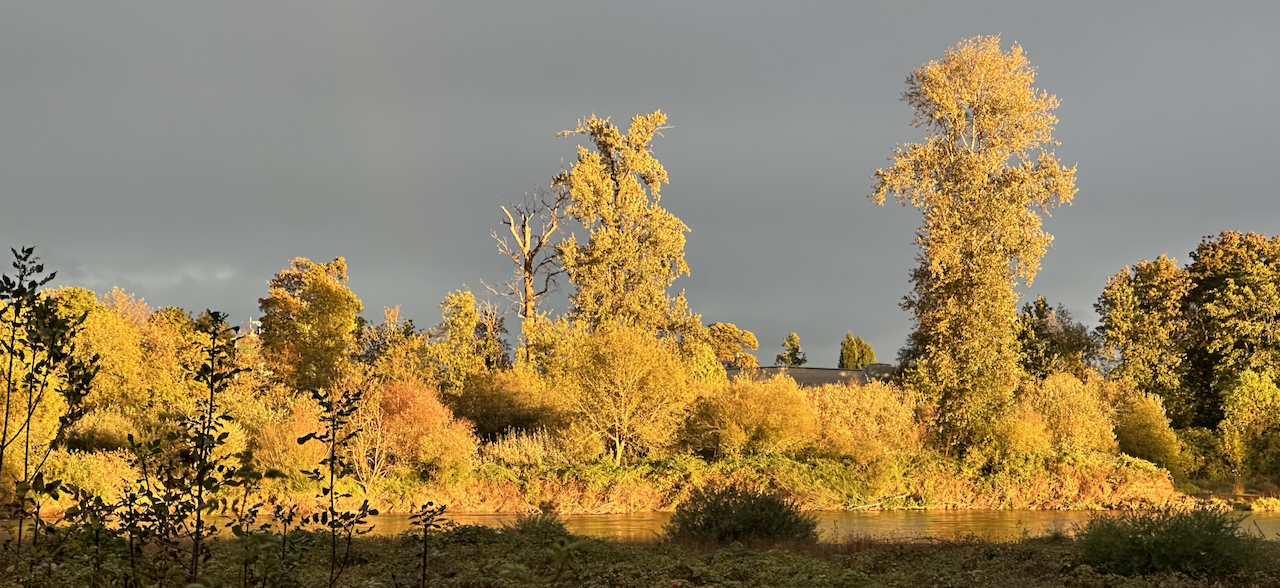Swans, Time, and Change
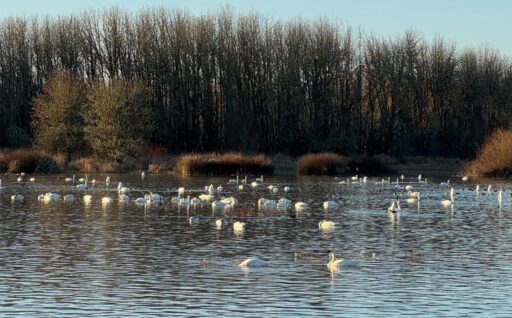
|
Late February, 2025 Hello, Friend! I recently spent the afternoon with more than a thousand tundra swans. They migrate from Alaska to a wildlife sanctuary here in Oregon every year to warm up. This has been true for millennia. Time has not significantly changed this rite. It has always been simply the natural order of things. There’s something deeply soothing about watching nature’s immutable patterns, given all the random changes and confusions in our human world. And then there are the gorgeous swans themselves, in all their storied grace. The eternal kind of beauty offered by the natural world is a balm. Changes in the world of humans can break your heart. But Nature’s beauty still has the power to knock you out. And wake you up. My desire to protect the natural order is strengthened when I focus on this. I feel a deep responsibility to stand for those that can’t protect themselves, like the swans. When I remember thi I’m not willing to give myself over to the turmoil of the day. Instead I’m deeply motivated to put down some speed bumps to slow down a bit of the craziness. On my way home from the refuge, I decide to do something to break through the shocked reaction that has kept me frozen this past month. As a life coach, I know to focus on achievable goals and take a steady approach. So I make an action plan to do something every day. I decide twenty minutes is enough time to write a post card or make three phone calls. Who do I call? To begin with, my representatives in the Capitol. Who to write? I sign up again with Vote Forward to send letters to reluctant voters. And what about donations? I turn to my list of environmental and humanitarian organizations. I’m still working on answers, and they seem to come one at a time. The last question, Where and when will I spend my money? is answered simply on Friday Feb. 28th. I can support an Economic Blackout for the day by buying nothing online or in person. If enough of us participate it can send a message to corporations and government that the needs of everyday working people are important. More about that here. What about you? What answers are arising for you? Sometimes the smallest actions have big consequences, especially when taken together. As for me, every time I send a letter or make a call I’ll be thinking of those swans. And there’s comfort in knowing I’m doing my own small part to protect nature’s timeless and immutable way of reminding us what really matters. Keeping the faith, |
|
Becoming
Sudden
an explosion of swans,
cracks the sky, each day
a thousand strong and louder
a white regatta of pillows
drifting down, honking
and whistling their location.
A lamentation of swans
crying from grief and exhaustion
landing for the day
an arabesque of swans in glissando,
sweeping the surface and settling
to feed at dusk.
Heads down. Tails up
And then shifting again
Into a sail of swans
Slipping smoothly into shadows
and silhouettes, seeking other
swan kin before tucking heads.
Changing for the long dark night
into at tranquility of swans.
—SgB 2025
The Grace of Everyday Epiphanies
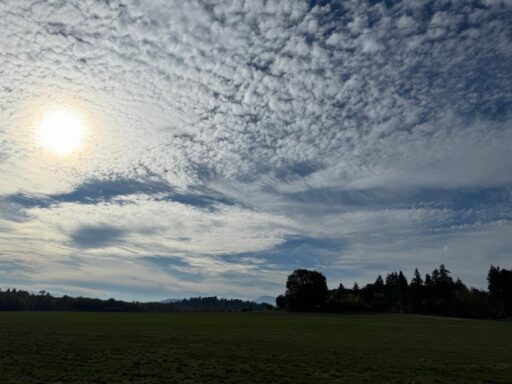
On January 6 many years ago, I stumbled on a holiday that looked like it had it all: Epiphany. Only one word at the bottom of a plastic billboard outside a church. Not a part of the early training in my Southern Baptist youth, it had all the exotic mystery of whatever Catholics did.
As I grew into the English major I was in college, I discovered the meaning of the word epiphany, which came from the Greek and meant “to reveal.” In the thirteenth century this referred to the revealing of Jesus’ presence in the world.
But my time in history and culture is more mid-century modern. I had felt Jesus “knockin on my heart” at summer camp, sure. But in my teen angst (and associated depression), I rejected childish beliefs. But I had also lost the magic of insight that had seemed to burst out of nowhere. In those moments, it felt to me like some ancient inner sage pierced through the fog and revealed the vast possibilities on the other side of the ordinary world.
On the day that the word epiphany beckoned from the billboard, I was a mother of two young children. I taught literature in public schools. I had written papers on epiphanies in literature and I brought that interest to my teaching.
The idea of declaring time to consciously invite epiphanies into my life tickled me, inside out. I figured that an early bedtime was just what my children, ages three and six, needed for their health, but I needed that time for me, too. I spent a couple of quiet hours on that evening with candles lit, reading wisdom texts, meditating, and imagining a future.
Over the years I came to think of this day as my own personal holiday. I treasure these early memories. I’ve revisited them in my blog Reclaiming Epiphany.
This year will be the 40th year I celebrate epiphany, which I now understand has always had its own following besides me. As a church holy day, Epiphany (with a capital E) is also known as Three Kings Day. In Latin America the day is commemorating the Three Wise Men’s arrival at the humble stable. It’s also the day that Hispanic children to awaken to find the gifts the Three Kings have left them.
Irish women seized on the January 6th date and renamed it Women’s Christmas, a time when all the fuss is over and the women and mothers who (mostly) put on the event can finally rest and have their own celebration. That’s my kind of epiphany right there: Celebrating that the festive season has passed and things are finally settling down enough to focus on our own lives or share in the sisterhood of other women.
Some female Christian leaders have carried the message and the invitation for introspection to women in their community. If this catches your soul’s fancy, here’s a link to one such program:https://sanctuaryofwomen.com/WomensChristmasRetreat2025.pdf
What might you do this year to celebrate Women’s Christmas or Epiphany? With the holiday hoopla and travel mostly behind you, what can you do to claim some time for your heart to rest? How can you slow down enough to hear an inner voice suggest how you might care for your spiritual Self?
For many of us, the power of rest itself is the epiphany. If that’s true for you, why not kindly grant it to your tired self? You don’t need a grand plan. You might need to at least find time to declare a long-needed beauty sleep so that you can begin to catch up and go forth with a bit of vigor. Or maybe vigor itself if a good place to start and a walk right now is the ticket. Nature, of course, is almost always the ticket.
Go a bit further. If you were your own kindest fairy godmother, what would you grant yourself? Why not give yourself a bit of that this year, even if it’s a tiny part of your true wish? Consider it a down payment from the part of you who willingly gives to loved ones more than you think you can.
I now have more time and means to make good on my promise to my younger self. As my favorite poet William Stafford said, Armageddon is possible. But so is love. And salvation. And so this year I wake up and marvel at all the bonuses of this life.
One of those is you. May your inner fairy godmother grant you your fondest wish in the form of an Aha! Moment or two in nature or on the city street. Or perhaps a meaningful connection with a spiritual guide or teacher from your tradition or training. Or as a pop-up epiphany in meditation or prayer. Even an extra hour of sleep can be holy. Just as holy as is the ability to truly witness any of life’s bonus surprises.
From the darkness of Winter, I wish you the grace of many epiphanies in your ordinary life.
SgB
Curiosity and Wisdom
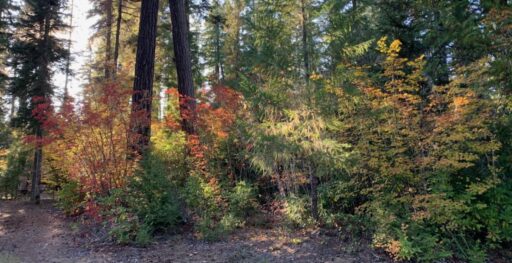
Happy Autumn!
There’s an acorn woodpecker just on the other side of the window, the red streak at the back of its head highlighting the hard work of getting real nutrition from the world around it.
Its motive and mine are not so different, I think. It’s more and more difficult to find truth when being fed a refined diet of alarmist headlines. I often balance on the hairline tightrope between fear and love. Then I remember what really matters. This perspective brings some comfort.
Unless your superpower is tunnel vision, you’re also exposed to a toxic drip of fear, lies and hatred, which is way more than a normal human brain can process. Or at least this human brain. I often forget even the most basic wisdom that my long life has offered. I sometimes even begin to doubt a foundational faith that has carried me before through dark times.
During the last few months, my brain, trying to be a helper, put the words of Julian of Norwich on autoplay: All shall be well and all shall be well and all manner of thing shall be well. What a very wise brain! It turns out these words of wisdom came as a mystic visitation to the 13thcentury anchorite nun in England. Since she lived during times that were a bit chaotic, given the plague, starvation, inquisitions, and the hunting and burning of women, I thought her words might have a little relevance in our current world. After all, her wisdom was sought and followed by religious and secular leaders of the time, and they were up against some hard stuff.
Long ago, inspired by the Carlos Castaneda books, I made a commitment to a Path of Heart. I was 29 when I posted the declaration on my office door: For me there is only the traveling on paths that have heart, on any path that may have heart, and the only worthwhile challenge is to traverse its full length—and there I travel looking, looking breathlessly.
During the last 45 years these words have found sturdy legs in all my various roles as a teacher, author, mother, counselor, and coach. I have tested this path, and it has not let me down. Although I have amended it after practicing the breathless thing again and again. If I could now I would edit that sign. Today, it would end, and there I travel, breath by breath, led by curiosity and wonder.
Going back to the basics gives me comfort. It reminds me to learn from all sources of deep wisdom. To trust grace to carry me above the confusion and to guide me to land on the next best action.
And so, with a whole lot less anxiety, I will sit down today to write one more batch of post cards reminding people to vote their conscience in the upcoming election. I will drop them in a mailbox soon, sprinkled with a prayer for the good of all beings.
Including you.
SGB
|
curiosity is my girlfriend demanding but patient she was once easily satisfied by whimsy while I attended to grown-up matters like family and job and living a serious life we’d paint my pinky nail with glitter to mark our secret engagement to remind me that we need each other in the grown-up world and to remember that laughter is always a choice after dark weeks of rain we’d go on short drives to discover there really was an opening of blue just over the hill nowadays she demands a good wander raises an eyebrow at any excuse she speaks now in the language of rustling trees and crickets at sunset and nudges me with each step to pause to listen in wonder to ask the next question and love the next as yet unfinished answer. —SgB 2024 |
|
photos by George Beekman and Ben Beekman |
Being Grandmothered
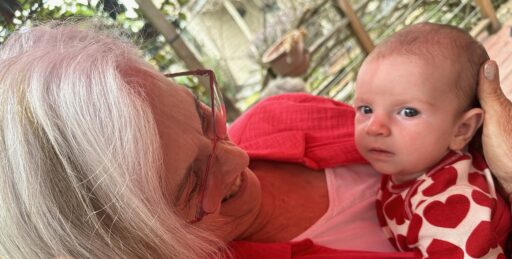
It’s official now, I have been Grandmothered. At first I had a hard time embracing that identity, but not because I’m attached to my youthful image. I passed the youthful grandmother phase long ago, landing firmly in the Great Grandmother category.
For the last ten or fifteen years almost every one of my friends has become a grandmother, usually many times. I’ve delighted in their photos and cute kid stories, from to toddlerhood through puberty and sometimes college. I’ve loved witnessing that special bond between grandchild and grandparent. I only occasionally thought I might be missing out on something. Mostly I was too busy celebrating my new life of freedom. Having spent large swaths of my life trying (and often failing) to manage my original family from afar, I was taking a big break.
Besides. both of my adult children were skittish about bringing a new being into this fragile world, and that’s been okay with me. I knew they weren’t the only ones of their generation weighing the costs of parenthood in a new light. I joyfully embraced the joys of being Not a Grandmother in other ways, seeing myself as a space holder, an elder hoping to share a bit of life wisdom in a culture gone mad.
So when my son and his partner, both in their early forties, slipped a sonagram into a slide show on Christmas Eve I was flummoxed. Once I realized what it was, I assumed that maybe it was an early photo of a new puppy to add to their interspecies family. I was totally unprepared for how my body reacted to the actual news. Something about the wonder of new life, I guess. But for a while tears kept showing up inconveniently.
In a New Year’s text strand with lifetime friends, I dropped the grandbaby news as an afterthought Everyone weighed in immediately. Holding that baby will change you, they concurred. This tickled my curiosity. Then I remembered my own grandfather, who always kind of glowed when I was around. He never stopped telling me how special I was, what a wonder: his Very First Grandchild. Like no other.
So you might say I had a few expectations during the second and third trimesters of waiting. When I tried to imagine holding a newborn, a fog would roll in. For one thing, the very fact of birth itself seemed incomprehensible. Confronted by the enormity of the reality of life, I gave up.
Then a few weeks ago it happened. Life’s biggest miracle. Birth. She is, of course, the most beautiful newborn in the world, a tiny and fragile frog, her cry like a rusty gate opening at first, building into full-throated protest. She will need that voice, I think. The world will need her voice.
So how was it to hold my one and likely only grandbaby for the very first time? At first, it was basic. Natural. But lately the epiphanies have been multiplying. I look at her classic oblong-shaped face, the one I recognize from long-gone ancestors, and I am moved by a deep connection to the flow of life through generations. And then there was the discovery that she also has a jumbo-sized little toe on the left foot like me. Okay. I may be making that up. We’ll see how this turns out.
Mostly I wonder every time I hold her what ‘s going on in her brain while she sleeps herself into readiness for this world. And then there’s that mysterious newborn smile, the one my mother explained to me as angels whispering in the baby’s ear. This is as good in my mind as any other theory, like for instance the gas and pooping hypothesis.
Because this has been a holy time. Words just can’t do it. I’m still mesmerized by the mystery of whatever world came from. Perhaps it’s because it’s a lot like where I’m going. Back to the ultimate mystery.
What does it mean to be a part of the flow of life from one generation to the next? I’m still finding out. Right now I feel more exposed, more vulnerable to the evils and craziness of this world.
But I’m also newly hopeful and motivated.
I see possibilities on the horizon. And I want that future more than ever. I want to spend my remaining time building and uplifting this world, fueled by that hope. I want to make the calls, write the letters. I also want to sing. Maybe I’ll return to my beloved women’s choir, or maybe I’ll join the Raging Grannies. A loving, raging, granny and a joyful peace warrior.
But today when I hold her tiny body I take a long whiff of her tiny fragrant head. A fragrance like no other. I’m aware that I’m breathing in the most essential scent of life itself. And this is enough. More than enough.
|
Letter to a New Life Welcome to this World, Baby J! Sorry about the rough trip, that being untwisted like a light bulb part. Your mother will be okay. More than okay it turns out. And now that your light is here, Let us tend it for a while. Let us hold your swaddled body, passing it ever so carefully, human to human. Let us hold hope in our arms for this moment, as we take vows for your future, for the future of this world. You will always be cherished, your mother’s breast says, and your papa’s chest hair tickles your face right here, in this big noisy bright place, saying You are fresh. You are whole. You are loved beyond measure asleep to us now but safe. Always safe. —SgB August, 2024 |
|
photos by Ben Beekman |

